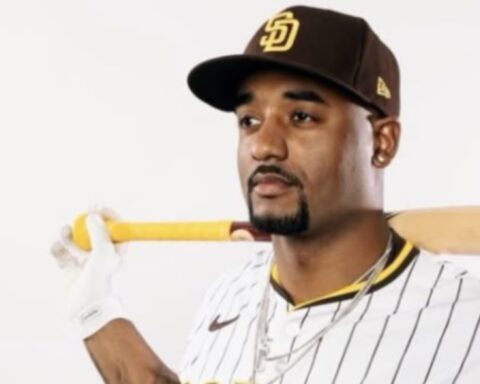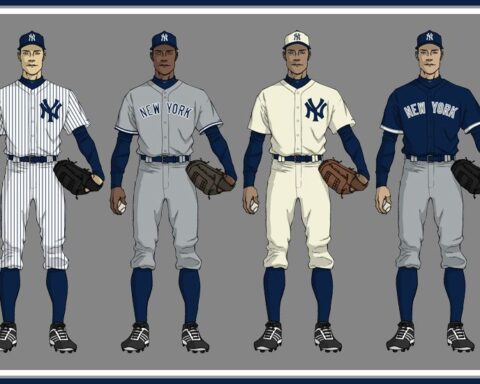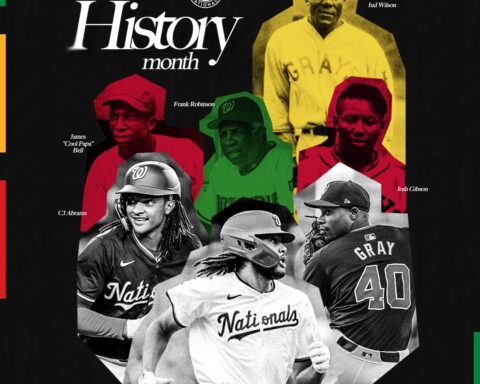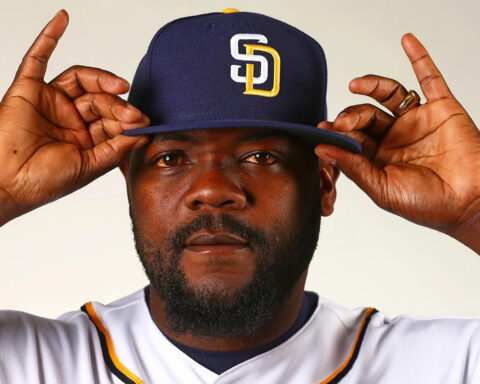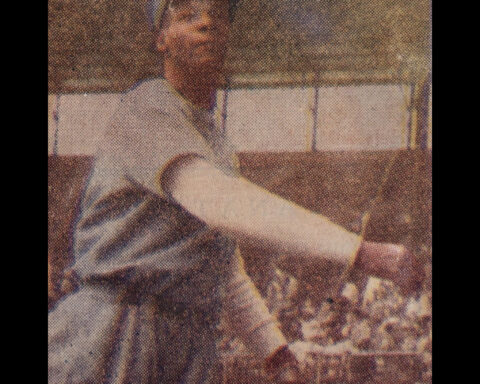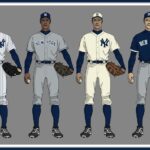Words by Daniel McNatt @culturexcures
For years Black baseball fans have wondered what the history of the game would look like if
Negro League ballplayers were able to compete against their white counterparts in the majors.
We got a glimpse of how the talent would stack up statistically on May 29th, when Major League Baseball officially incorporated Negro League statistics from 1920 to 1948 into it’s official record books.
The change, which was a result of the findings of the Negro Leagues Statistical Review Committee, has shaken up the Major League record books pushing aside players who held their spots for years in favor of their Negro League counterparts.
The updates put iconic Negro League player Josh Gibson’s lifetime .372 AVG, .718 SLG, and 1.177 OPS as the top all-time marks in their respective categories. Gibson’s .459 OBP is also now good for third all-time.
Four other Negro Leaguers, Oscar Charleston, Jud Wilson, Turkey Stearnes, and Buck Leonard now populate half of the top 10 all-time batting average list as well.

With these additions there is now an African-American as the all-time Major League leader in home runs, RBIs, stolen bases, runs scored, AVG., Slugging Pct., and OPS.
The question remains how we view these accolades in comparison to the players from other Major Leagues and whether or not they really mean anything.
The updates sparked discourse across social media from fans. Some were excited to see the
changes, viewing them as a long overdue addition. On the other hand there is a faction of
baseball fans who believe that the statistics can never be merged together properly and doing so erases the historical and social motivations behind why they were separate in the first place.
While many of these players are enshrined in the Baseball Hall of Fame in Cooperstown, their presence in the record books is representative of a prejudiced history that didn’t allow for them to compete against their white counterparts.
While most don’t deny the talent levels of the Negro Leagues and Major Leagues were on par, the truth of the matter is most of these players didn’t actually play in the Major Leagues. So how can they hold a record for a league they weren’t allowed to participate in?
On the other hand the inclusion is a welcome sign of a long overdue merging of the two leagues that many baseball fans recognize were incomplete in terms of their competitive balance.
Regardless of which side you fall on, it is most sensical to look at these updated records with the proper context in which they appear.
It is, if nothing more, a symbolic ode to a historic league whose players should have gotten their opportunity much sooner, and to an era in which Black Americans held baseball as king in the sporting landscape.
For a sport that struggles to connect with the newer generation of black fans, the record books now showcase even more representation of black ballplayers from both modern and past eras who have dominated the game.
As the league continues to try and highlight an often mystified era of baseball, they also want to appeal to a younger fanbase. The league is ramping up for the MLB at Rickwood Field game on June 20th between the St. Louis Cardinals and San Francisco Giants, a game that is taking place at the former home of the Birmingham Black Barons. The game will be held to honor the Negro Leagues and feature retro Negro League jerseys of both teams in celebration.
The statistical changes are the first iteration of the changes implemented into the MLB database and includes about 75% of the data from 1920 to 1948. Further updates to the database including box scores, game logs and schedule info could potentially lead to more changes according to MLB.com.
cover photo via Pittsburgh Pirates

